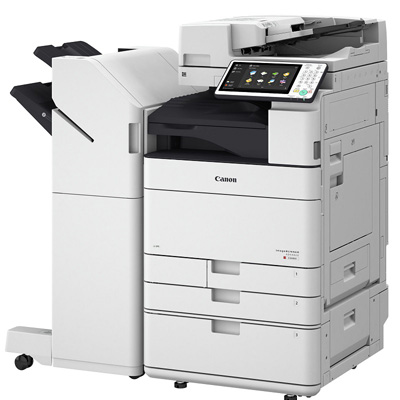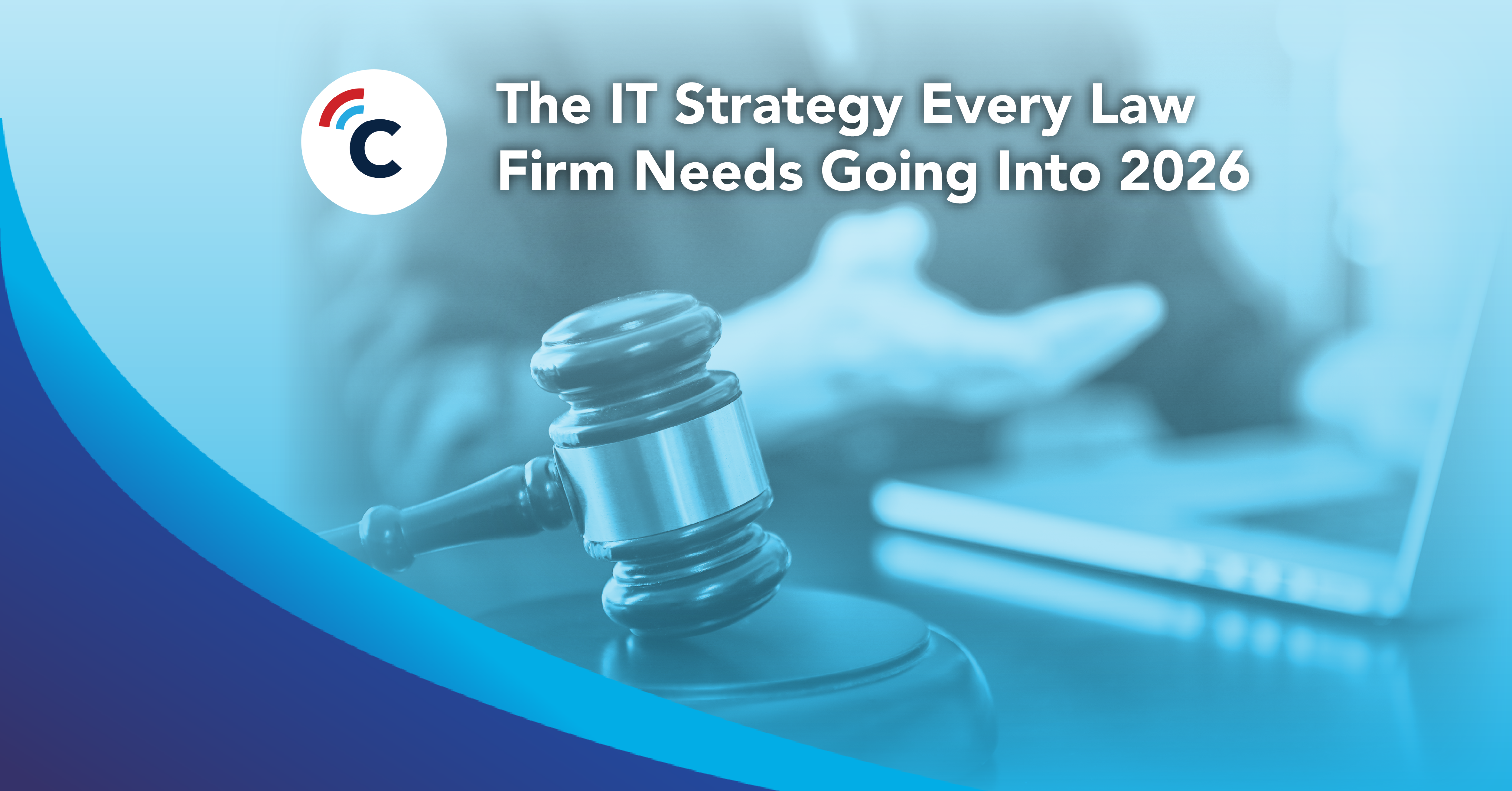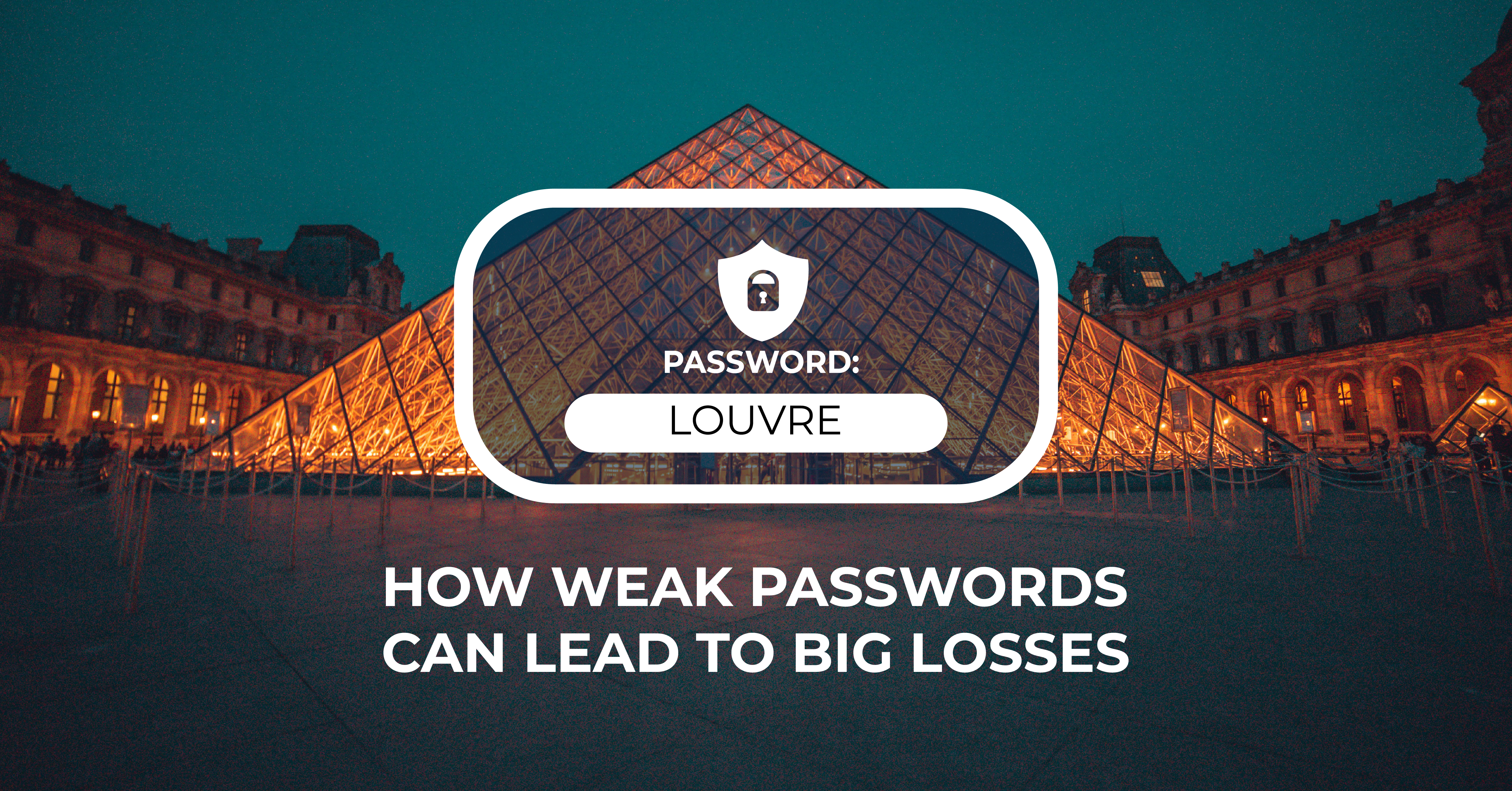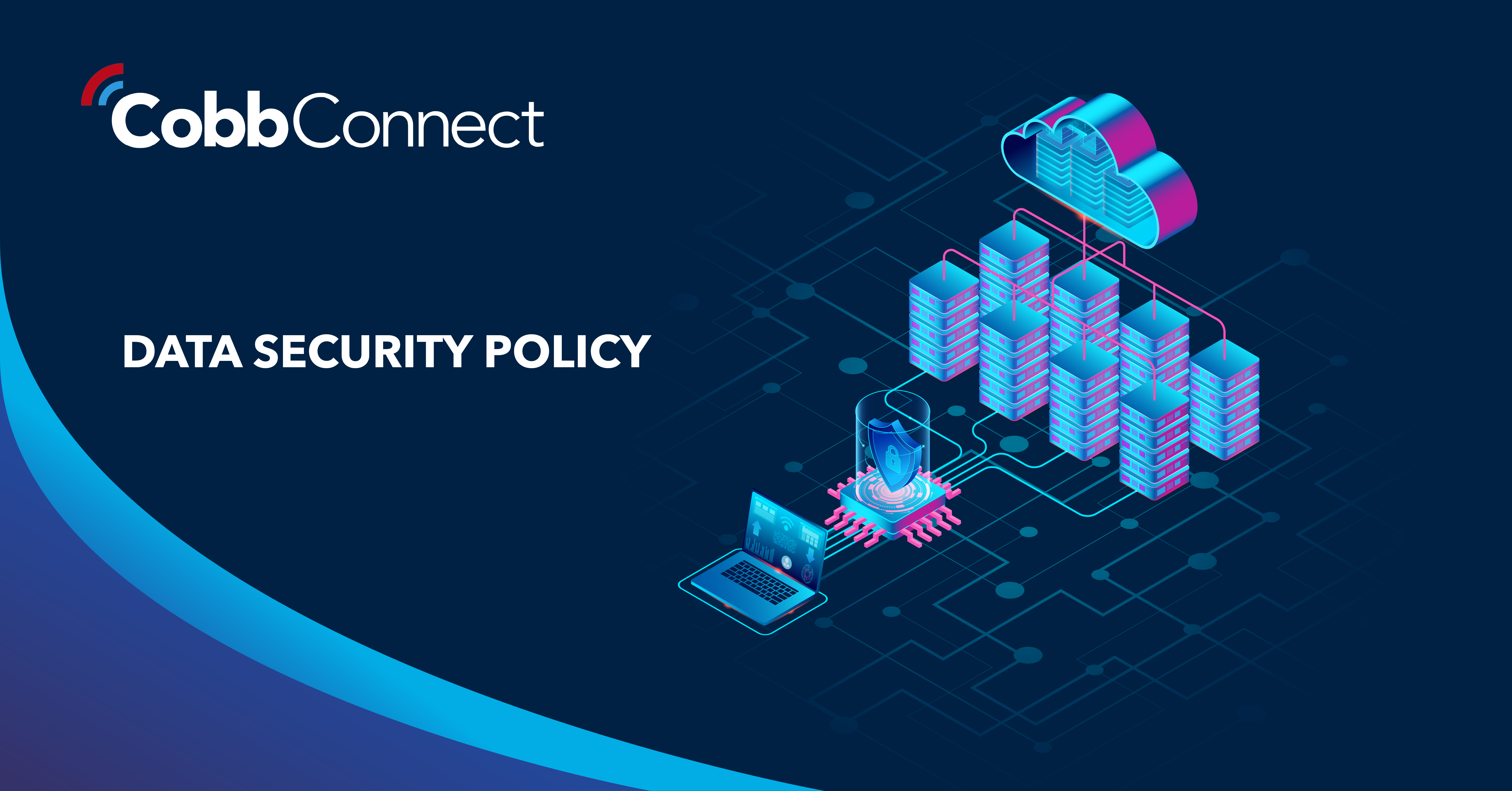11 min read
Best IT Strategies for Law Firms Going Into 2026
Why should a law firm invest in a strong modern IT strategy? Today’s legal teams depend on secure, reliable technology to protect sensitive...
2 min read
 Todd Brown
Mar 30, 2020 12:59:40 PM
Todd Brown
Mar 30, 2020 12:59:40 PM

Buying a Multi-Function Printer (MFP) is no simple task. In fact, it’s not unlike buying a car — MFPs can cost in the range of $30,000, and come with a wide variety of options. If you’re considering purchasing a MFP for your business, you’ll want to make sure you’re aware of every option.
Below, you’ll find four topics to consider when buying a MFP:
Everyone has a password for their phone, laptop, email, Amazon account… almost everything. Does your MFP have a password required to access it? You may want to consider buying a MFP that only allows a user to access it if that user provides their individual password.
There are also document workflow solutions that provide this security feature — and even some that will only allow prints to begin when a user is close to the MFP. This works by connecting that individual user’s mobile device to the same network your MFP is connected to.
For more about MFP security, visit our blog about the differences between TLS1.2 and TLS1.3.
Due to the structure of the MFP industry today, the need for preventative maintenance is diminished. Most MFP manufacturers will let dealer technicians know the lifespan of each part — so rather than guessing and checking to see if a part needs replacing, techs know when to replace it, or at least when is the right time to perform a check-up.
While parts most definitely do come to yield with usage, there are some steps you can take in order to increase their lifetime of usability. Keep your MFP in a clean, dust free environment — a MFP is akin to a watch — the more dust that gets in between the gears, the harder the machine has to work, causing parts to fail faster.
Also, keep your MFP in a climate-controlled environment. Parts will expand and shrink as the temperature rises and falls, which places those parts under undo stress.
Most importantly, when choosing a service provider, you’ll want to make sure that every service technician is trained on every MFP in your infrastructure — this will prevent any mishaps from lack of knowledge or experience.
We’ve gone over the topic of buying vs. leasing a MFP in a previous blog, but it’s definitely worth mentioning here. There are benefits to both buying and leasing a MFP, just as there are cons:
While you may purchase a MFP that you could use for seven-to-ten years, a new government regulation may come out in a few years that you must adhere to, but your MFP can’t abide. It may be a worst-case scenario, but it’s quite possible.
MFPs are called Multi-Function printers because they have a range of multiple functionalities available. When you’re in the market for a MFP, you’ll want to consider each and every step a document requires when it’s being printed, scanned, or copied.
By identifying steps, you’ll have a list of requirements with possible solutions to choose from. Questions like “Does my MFP need to know to skip blank pages when scanning?” or “Does my MFP need to access my server?” will help you get an idea of your needs.
Then, take those needs, and present them to your dealer. You may be surprised at the various features MFPs offer.
There’s a lot that goes into making the decision to add a MFP to your business’ technology infrastructure. This is why questions are the most powerful tool in your arsenal. Never be afraid to ask your dealer as many questions as you can think of, and always make sure to talk to every department in your business about what they would like from a MFP — the more efficient your business is, the more profitable it will be.

11 min read
Why should a law firm invest in a strong modern IT strategy? Today’s legal teams depend on secure, reliable technology to protect sensitive...

2 min read
The Louvre’s password became the punchline of a global story after a heist revealed major security concerns for the museum. Reports say the password...

6 min read
Organizations of all sizes handle enormous volumes of data. Data is one of the most valuable assets of any organization.Unfortunately, it’s also a...